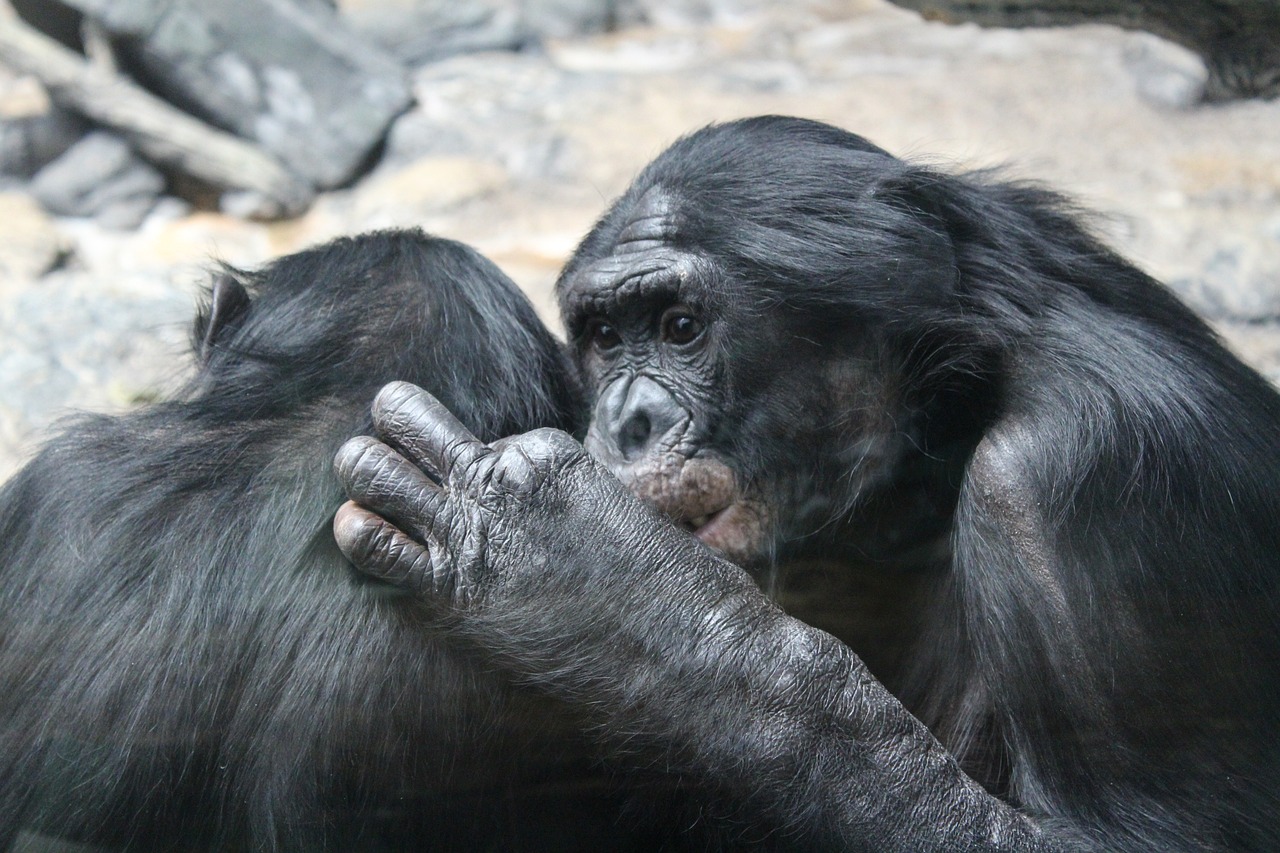Masturbation through the Ages: Tracing its Ancestral Path to Primates
Beyond the Shadows: Discovering Masturbation's Ancient Roots in Primate History

Introduction:
Throughout history, the topic of masturbation has been shrouded in secrecy, taboo, and even shame. However, delving into the origins of this universal human behavior reveals an intriguing connection to our primate ancestors. In this article, we embark on a journey through time, tracing the ancestral path of masturbation and exploring its evolutionary significance. By understanding its roots in primates, we gain a deeper understanding of our own sexual nature and challenge societal stigmas surrounding self-stimulation.
Masturbation in Primate Behavior:
We begin our exploration by turning our attention to our closest relatives in the animal kingdom: primates. Numerous studies and observations have documented the occurrence of self-stimulation in various primate species. From bonobos engaging in mutual masturbation to monkeys displaying solitary acts of self-gratification, these behaviors offer intriguing parallels to human masturbation habits. By studying primate behavior, we uncover the ancestral origins of our innate drive for sexual pleasure.
Evolutionary Significance of Masturbation:
But why would an act like masturbation evolve in the first place? Researchers propose several theories regarding its adaptive functions. Some suggest that self-stimulation may serve as a stress reliever, helping primates cope with anxiety or frustration. Others propose that it may function as a form of sexual practice, allowing individuals to refine their mating techniques. By exploring these theories, we gain insights into how masturbation could have contributed to primate survival and reproductive success throughout the ages.
Tracing Masturbation in Human History:
As we venture further back in time, we encounter evidence of human engagement in self-stimulation. Ancient texts, artworks, and historical records hint at early societies grappling with the complexities of masturbation. From ancient Greek sculptures depicting erotic scenes to medieval texts admonishing the act as sinful, the attitudes towards self-stimulation have varied across cultures and time periods. By tracing its presence in human history, we gain a broader perspective on the cultural significance and changing taboos associated with masturbation.
Comparative Anatomy and Physiology:

To truly understand the ancestral roots of human masturbation, we must turn our gaze towards comparative anatomy and physiology. Examining the similarities between human and primate reproductive systems offers valuable insights. From the intricate neural pathways involved in sexual pleasure to the release of hormones such as dopamine and oxytocin, the shared physiological aspects shed light on the primal origins of our desire for self-stimulation. Understanding the anatomical connections allows us to unravel the deep-seated evolutionary drivers of human sexual behavior.
Cultural Perspectives and Attitudes:
Throughout history, cultural beliefs and societal norms have played a significant role in shaping attitudes towards masturbation. From ancient civilizations that celebrated sexual pleasure to the puritanical views of the Victorian era, the perception of self-stimulation has been subject to moral, religious, and social scrutiny. However, in recent years, there has been a gradual shift towards open and positive discussions surrounding masturbation, driven by the recognition of its natural and healthy role in human sexuality.
Conclusion:
In conclusion, by tracing the ancestral path of masturbation to our primate relatives, we gain a profound understanding of its evolutionary significance and dispel the shroud of secrecy surrounding this innate human behavior. Exploring the parallels in primate behavior, examining the cultural perspectives throughout history, and understanding the shared anatomy and physiology allow us to appreciate the naturalness of self-stimulation. By embracing this knowledge, we foster a more enlightened and inclusive society, free from the confines of shame and stigma, and celebrate the richness of our sexual nature.


You must be logged in to post a comment.